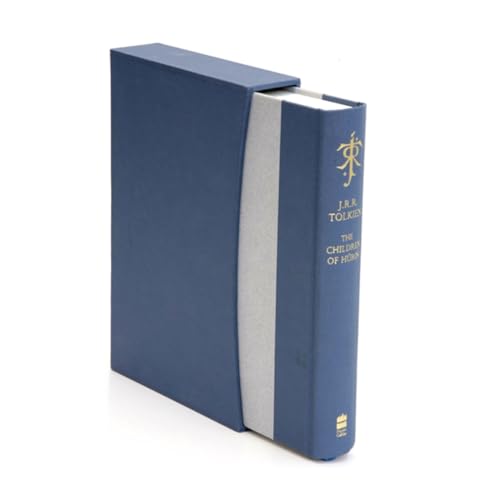You know you know The Lord of the Rings when...
1 Nov, 2007
2007-11-1 5:46:52 PM UTC
2007-11-1 5:46:52 PM UTC
My own answer to the title of this post (feel free to add yours in the comments...):
I have been reading Wayne Hammond and Christina Scull's The Lord of the Rings: A Reader's Companion for the first time. Straight through. Without a copy of LOTR handy for reference. I can't say it is better than reading the original yet again (sacrilege!) but I can easily follow the original story from the marker snippets of text included, and the extra information makes a reasonably coherent story in and of itself into the Professor's thought processes and the various drafts the book went through.
In fact, I completely geeked out my wife last night by trying to track down a "ghost" mentioned by Wayne and Christina. These ghosts are occasional brief mentions in the text that make no sense in context, or are incorrect due to authorial changes over time where not all references were corrected. A simple example is in The Two Towers where Legolas sees smoke on the horizon (the second battle at the ford of Isen) but the battle doesn't take place until the next day (Tolkien reworked this part of the timeline many times in order to get everything intertwined to his satisfaction, and evidently missed the occasional reference.)
In my particular case, I ended up having the Reader's Companion, a copy of FOTR with the large map folded out, a copy of The Silmarillion with map folded out, a copy of The Treason of Isengard open to the LOTR map evolution chapter, and a copy of The Shaping of Middle-earth open to the Silmarillion map chapter. All this while answering the doorbell for trick-or-treating visitors. I am not usually this bad with my reading for enjoyment, but I just had to see what I could find out! My wife just shakes her head...
[Bonus points to anyone who knows or can find what I was looking into.]
I have been reading Wayne Hammond and Christina Scull's The Lord of the Rings: A Reader's Companion for the first time. Straight through. Without a copy of LOTR handy for reference. I can't say it is better than reading the original yet again (sacrilege!) but I can easily follow the original story from the marker snippets of text included, and the extra information makes a reasonably coherent story in and of itself into the Professor's thought processes and the various drafts the book went through.
In fact, I completely geeked out my wife last night by trying to track down a "ghost" mentioned by Wayne and Christina. These ghosts are occasional brief mentions in the text that make no sense in context, or are incorrect due to authorial changes over time where not all references were corrected. A simple example is in The Two Towers where Legolas sees smoke on the horizon (the second battle at the ford of Isen) but the battle doesn't take place until the next day (Tolkien reworked this part of the timeline many times in order to get everything intertwined to his satisfaction, and evidently missed the occasional reference.)
In my particular case, I ended up having the Reader's Companion, a copy of FOTR with the large map folded out, a copy of The Silmarillion with map folded out, a copy of The Treason of Isengard open to the LOTR map evolution chapter, and a copy of The Shaping of Middle-earth open to the Silmarillion map chapter. All this while answering the doorbell for trick-or-treating visitors. I am not usually this bad with my reading for enjoyment, but I just had to see what I could find out! My wife just shakes her head...
[Bonus points to anyone who knows or can find what I was looking into.]










 4430
4430 2.07M
2.07M